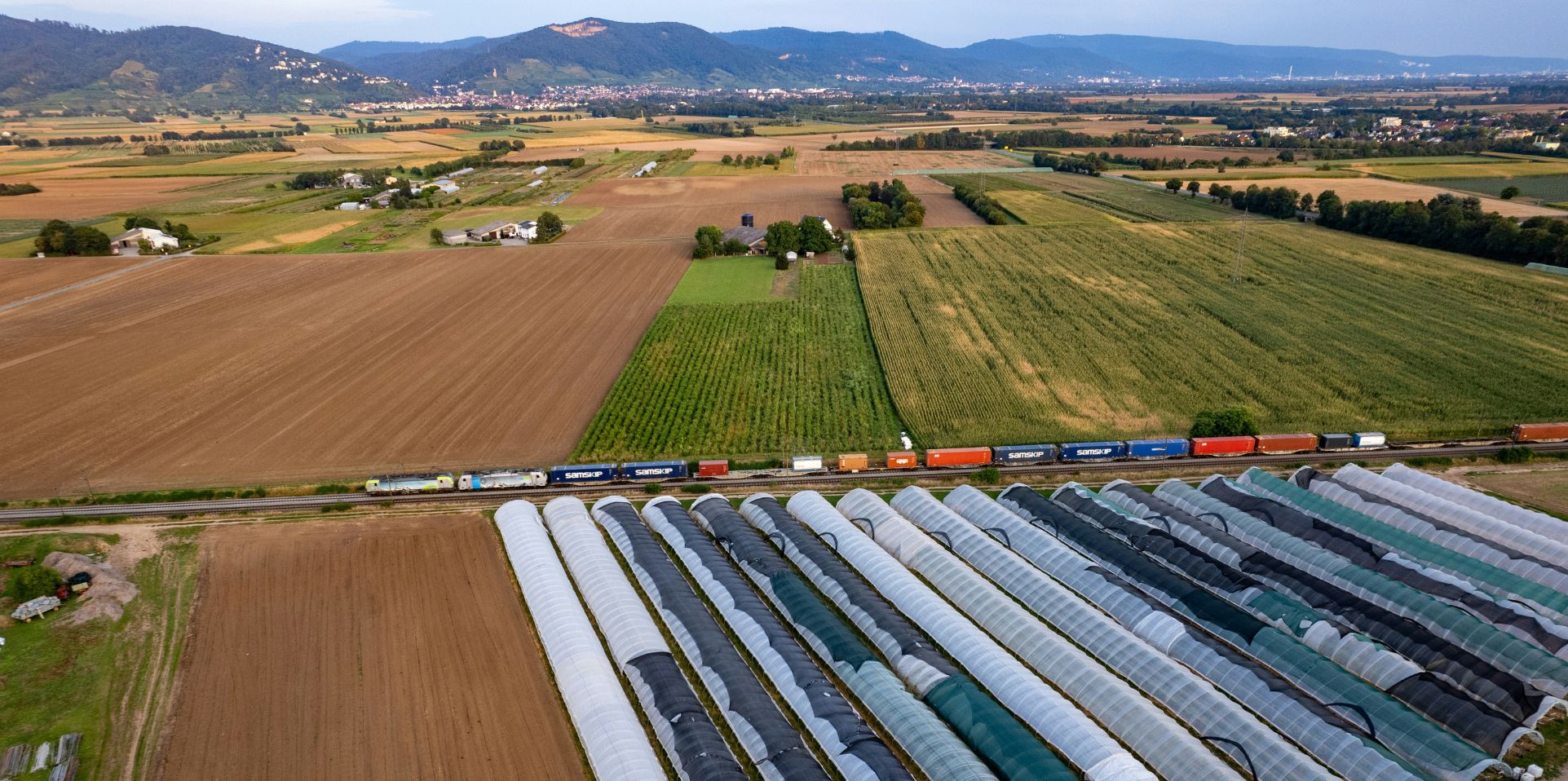
Part II: Your guide to the Taskforce on Nature-related Financial Disclosures

Prasad Gollakota
20 years: Capital markets & banking
Understand how to implement the TNFD recommendations in your organisation and learn from other early adopters

Where to get started?
Implementing the TNFD recommendations is no small task and will require significant resources. To help with this, the TNFD has published a quick-start guide to adoption, suggesting the following seven steps to get started.
1. Deepen your understanding of the fundamentals of nature
To ensure effective engagement with nature-related financial disclosures, organizations must grasp fundamental concepts. This includes comprehending nature’s components, biodiversity’s significance, and nature-related dependencies, impacts, risks and opportunities. While climate-related language systems have matured, a similar framework for nature remains underdeveloped. Utilize external resources, including the TNFD itself, to facilitate learning and capacity building.
2. Make the business case for nature and gain buy-in from the board and management
To build a business case for addressing nature-related issues, consider the economic value, risk management needs, commercial opportunities, and long-term viability of your business models. Start by addressing a subset of nature-related issues already on the radar, like deforestation or pollution. Engage with the board and management to secure commitment to adopt the TNFD recommendations, ensuring sufficient and timely information provision, and empower relevant teams with internal mandates to implement them, as part of a broader nature strategy.
3. Start with what you have, leveraging other work
Organizations can start aligning with TNFD recommendations by leveraging existing TCFD and ISSB-aligned disclosures. Many organizations are surprised to discover the amount of nature-related data that is already collected but not shared across departments – so the TNFD’s Leap approach suggests beginning with an internal scan of relevant data sources. New information may also be needed of course. Using the Leap approach, organizations can prioritize material nature-related issues, even with limited data. This approach acknowledges the varying significance of nature-related issues across sectors, biomes and regions.

4. Plan for progression over time and communicate your plans and approach
Organizations should develop a progression plan, focusing initially on specific areas like business lines or geographies before expanding. The plan should set clear goals with timelines or conditions for expansion, considering resource needs and alignment with other sustainability efforts. Communicating these plans publicly helps manage user expectations and demonstrates a commitment to increasing disclosure over time. Organizations can also leverage existing TCFD-aligned disclosures and integrate climate and nature-related disclosures for a more comprehensive approach.
5. Encourage collective progress through engagement
Organizations should recognize the interconnected nature of progress. Therefore, encouraging stakeholders to enhance their understanding and assessment of nature-related issues is crucial. This involves establishing dialogues, focusing on areas of mutual concern and promoting transparency along value chains. Financial institutions in particular can leverage public communication to inspire TNFD-aligned disclosure among clients and investees.
6. Monitor and evaluate your adoption progress
A system for monitoring and evaluating progress is key to effective adoption. Build an internal roadmap and regularly assess adherence to the plan. Consider creating board and management dashboards to track nature-related issues, investor and regulator interests and internal progress. Providing regular progress evaluation, potentially through annual reporting, allows organizations to update their plans, communicate actions to stakeholders, and make necessary adjustments for continued alignment with TNFD guidelines.
7. Register your intention to adopt the TNFD recommendations
Formally registering your intention to adopt the TNFD recommendations signals your organization’s commitment to nature-related issues. This public declaration can enhance your company’s reputation, attract like-minded stakeholders and differentiate your business in the marketplace.

The early adopters
Adoption of the TNFD is currently voluntary – but a number of national governments, including the UK, have signaled their support and intention to consider adopting the TNFD Framework through domestic regulation. At a regional level, the EU has also integrated aspects of TNFD guidance into its regulatory reporting regime – specifically, the Corporate Sustainability Reporting Directive (CSRD), which requires in-scope entities to provide corporate disclosures in line with the European Sustainability Reporting Standards. Until mandatory TNFD reporting is incorporated into regulation, the TNFD has committed to tracking voluntary market adoption on an annual basis and will publish an annual status update report commencing in 2024.
More than 300 organizations have already signaled their intention to adopt the TNFD recommendations. These early adopters are likely to see several benefits, such as enhanced risk management and resilience, competitive advantage through sustainability leadership, and innovation and new market opportunities. One of those early adopters is the Swedish furniture chain Ikea. The company has highlighted that it views nature-related concerns as a pivotal strategic business matter, and it believes the guidance and recommendations provided by the TNFD will aid a more thorough evaluation of risks and opportunities. The company has recognized that its future is intimately connected to its current efforts to tackle these issues.
Don’t let data be the enemy of progress
One of the most important aspects of nature-related reporting is, of course, data. There are no universally agreed metrics for quantifying nature-related impacts. Could this lead to greenwashing? Some concern about this risk may be valid, yet it should not impede progress in disclosing and reporting on nature-related risks and opportunities. Transparency and accountability are essential for addressing environmental challenges effectively. By establishing clear guidelines, rigorous verification processes and independent certifications, organizations can mitigate the risk of greenwashing while advancing genuine efforts towards sustainability. For example, organizations can consider getting their nature-related targets independently certified under the framework for science-based nature targets being developed by the SBTN.
Embracing the TNFD framework encourages responsible corporate behavior, fosters trust among stakeholders, and drives meaningful action to preserve biodiversity and mitigate environmental impacts. Rather than succumbing to fear, leaders should focus on building genuine commitment, robust reporting mechanisms, and continuous improvement to navigate the complexities of nature-related disclosures responsibly.
This piece is part two of an article that was originally published in Dialogue on 21 May 2024.

Prasad Gollakota
Share "Part II: Your guide to the Taskforce on Nature-related Financial Disclosures" on
Latest Insights

The electrical zero: A global warning for the energy transition
13th May 2025 • Maria Coronado Robles

Upgrading South Africa’s climate plans for a Just Transition
21st February 2025 • Samson Mbewe and Camilla Hyslop































